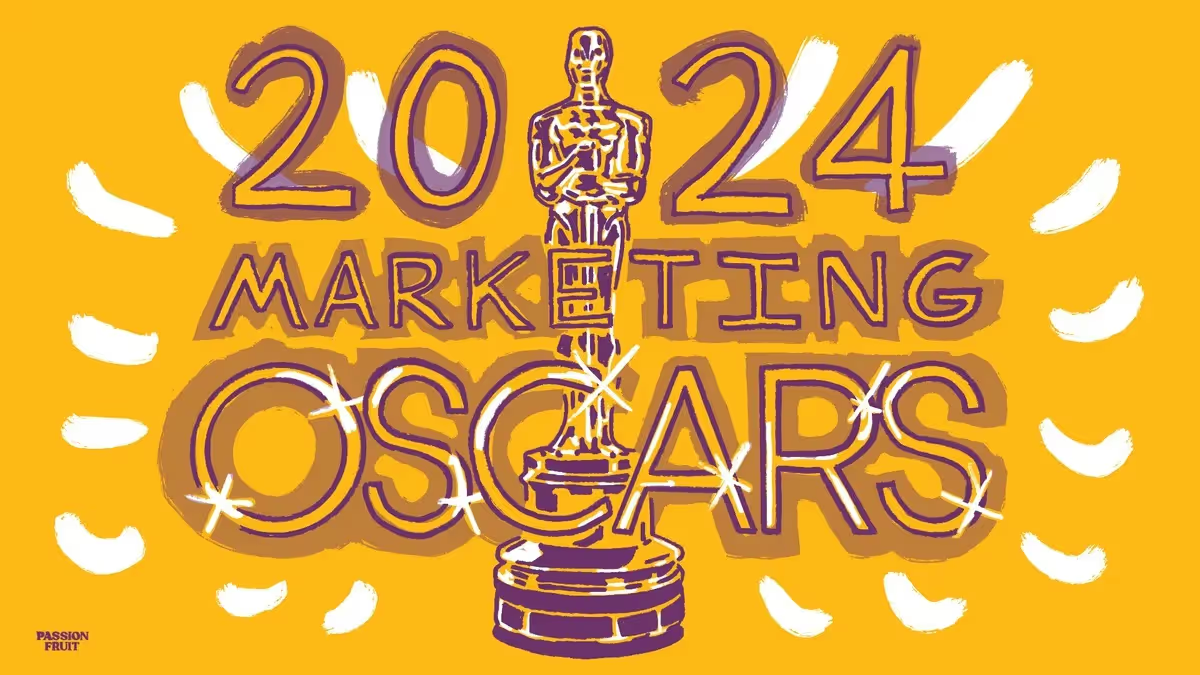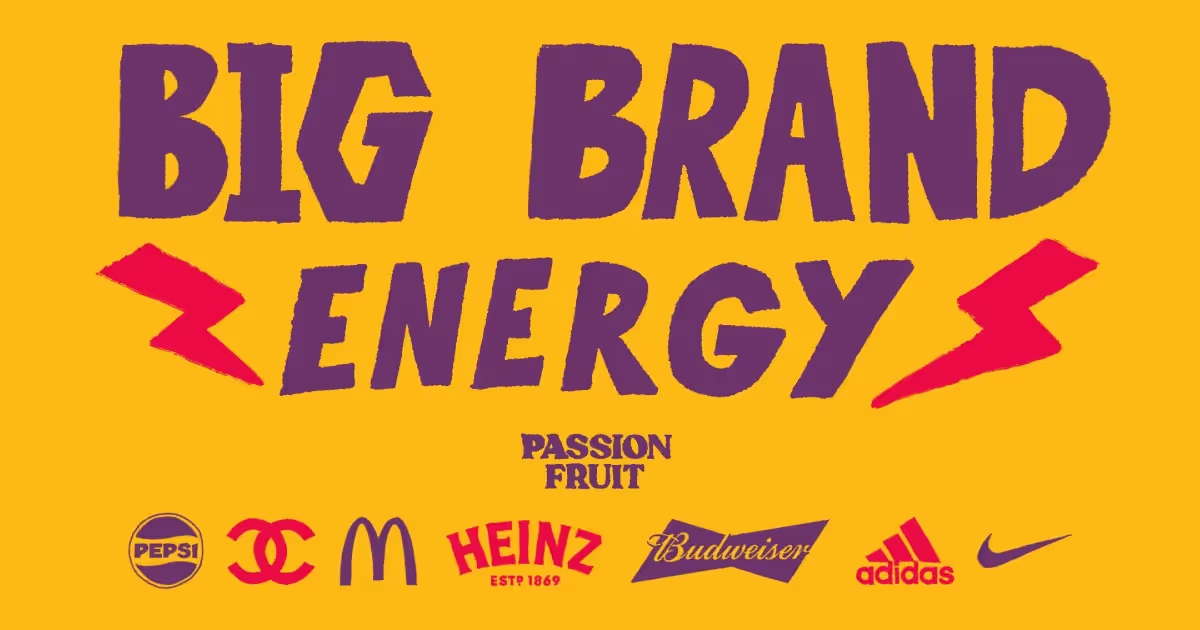Positioning and messaging are two interrelated but distinct concepts in product marketing strategy. You'll see them grouped together as if they're the same thing. Alas, they're not!
Think of positioning as an internal exercise that aligns the commercial organisation around a single strategy of building, marketing and selling a product.
You'll consider target customers, the challenges and pain points you solve, your competitors in the target market, unique value propositions and even the category you put yourself in.
Then think of messaging as the external output of your positioning work: what you say, how you say it and to whom. Ergo it's by looking at company messaging that we get clues and insights into positioning.
So whether you're a product marketing manager, founder running a product marketing process or just someone who's interested, pull up a chair, make a cup of tea and munch on a cinnamon bun (personal preference, you do you) as we explore 5 examples of awesome strategic positioning and messaging and how they ladder up into your product marketing strategy.
1. Productboard

Productboard delivers a great example of positioning and messaging that keeps it simple. Whilst the name already signals what they're about, they still call out 'product management' and 'product managers' in headline messaging that makes it clear who their target audience is. No time-wasting ambiguity here!
Their messaging follows this same no-nonsense paradigm and yet it feels aspirational, even relatable. "Understand what customers need" is a big value proposition that speaks to a core challenge of product teams. "Rally everyone around the roadmap" talks to strategic alignment, but injects excitement and energy to elevate this point.
The simplicity of their product marketing strategy is also reflected in a clean, almost basic website design. The intentionally limited use of colour aligns with straightforward product feature names that serve to help prospective leads quickly understand what they do, what value they deliver and why this matters to them.
It's clear that in terms of their product marketing strategy, Productboard got the assignment👌
2. Zendesk

I've long appreciated Zendesk's embrace of comedy and brand. They recognise how an effective marketing strategy, even B2B, actually targets human beings (what madness!) and uses entertainment to differentiate from competitors that see positioning and messaging as a purely informative exercise.
Their messaging is confident without being arrogant. Zendesk is aware of its rank as the most almost-household-name-y customer service management platform in the target market. Enterprise customers buy tools based on trust. 'Champions of customer service' is a fun way of connecting with that point.
You may have noticed a recent trend amongst tech company website marketing, and I'm not talking about a phobia for vowels. Rather, scrolling messaging that serves to emphasise a single value proposition but with room for nuance.
For Zendesk's product marketing strategy, these include "Champions of ... no-hassle returns", "... not waiting on hold forever" and "... actually having a nice day". It's a playful way of reinforcing their value prop and buyer persona pain point of "making customer service better" with references that imply positioning towards consumer based companies.
And yes Zendesk product marketing team, I absolutely will take "extra sauce on the side".
3. Clubhouse

Over lockdown, I became addicted to Clubhouse (as well as sourdough bread). If you haven't heard of it before (Clubhouse, not sourdough bread), they pioneered a new sub-category of social media, namely 'social audio'.
Clubhouse are considered the de-facto leader of what is also referred to as 'drop-in audio' with new competitors ranging from Spotify Greenroom to Twitter Spaces. Their messaging is certainly not shy with a headline that literally shouts 'WE OWN THIS CATEGORY'.
Great messaging comes directly from market research i.e. users and Clubhouse's product marketing strategist has clearly kept their ear to the ground. The word "bounce" perfectly encapsulates the casual experience of moving room to room in the app with a colloquial diction that makes it feel approachable and relevant.
"Hallways" continues this approach whilst "the internet" underscores the broad array of content available. Their tagline - a cornerstone of any product marketing strategy - is just 11 words long but every word. Has. A. Purpose.
4. Hinge

The dating app market has become pretty crowded unlike my love life, so trying to differentiate from competitors isn't easy. One way to do this is through self-sabotage.
Of course that isn't really what they're doing, even if they do position themselves as "The dating app designed to be deleted". Yes it has shock factor but more importantly is has bags of emotional intelligence. Hinge's user insights (another key word in product marketing strategy) will have revealed that Hingers (I totally made that up) don't actually want to be on dating apps forever.
Thus to differentiate, in their marketing strategy, Hinge position themselves as an enhanced dating app experience. THE dating app to make more meaningful connections for those serious about a relationship. It's genius. Once you lead with that, it's tough for competitors to stand out with a similar claim.
I also want to highlight one simple but effective technique used by Hinge and surprisingly few other tools: stating exactly what your product is. Hinge is a dating app. Not a 'profound human engagement experience that transforms society'.
Vague, life-changing positioning is of course absolutely fine when your target customers have hours of time and the knowledge to crack the enigma code. But on most occasions, this type of positioning will look pompous and fail to resonate. Hinge does well in their product marketing strategy by sticking with what their buyer persona knows.
5. Miro

Great positioning and messaging uses empathy to connect with its audience. That's why Miro does well to acknowledge the times we live in. Indeed positioning and messaging is never done once, it always needs reviewing and validating. As we all know, anything can change.
Many tools have emerged during the COVID-19 pandemic to serve teams that transitioned quickly to remote working and living. Think of what Hopin does for events, Miro does for team collaboration.
Miro makes their positioning clear, speaking to remote teams with an "online collaborative platform" that "brings teams together". This message will resonate strongly with companies that recognise the importance of serendipitous moments of creative spontaneity for innovation and ideation, best served best when others are around.
Miro also employs a Zendesk-esque ticker messaging style, but avoids overwhelming its target audience with multiple value propositions. Instead, it sticks to its core positioning against core pain points: a platform for remote (or "home", or "hybrid", or "distributed") teams and companies to collaborate more effectively.
Just like in social media marketing and content marketing, empathy in your product marketing strategies begin to help build trust with your audience (both new users and existing customers) and is key to transforming products that are considered nice-to-have into absolute must-have.







